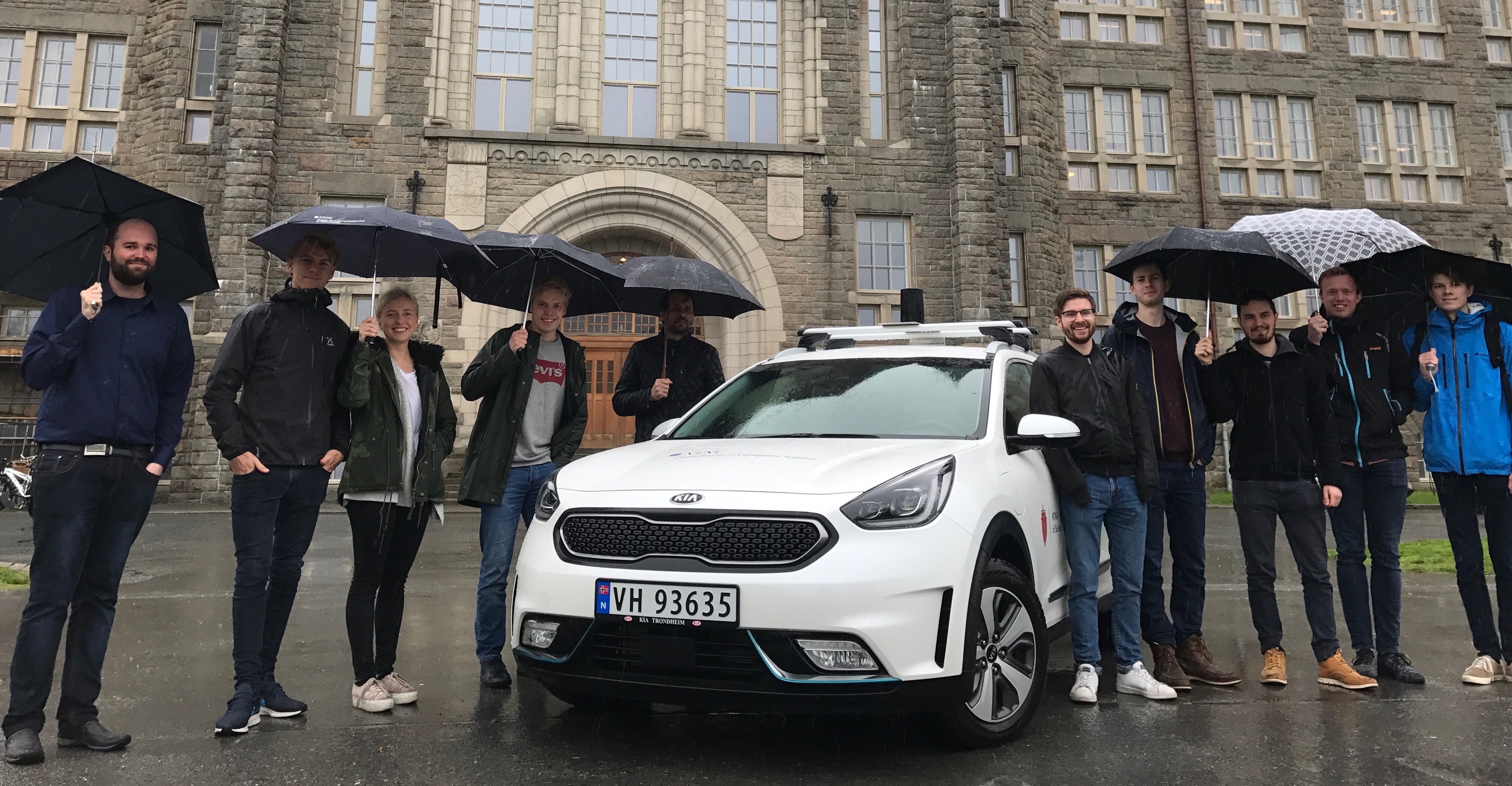NAPLab
NTNU Autonomous Perception
The NTNU Autonomous Perception Laboratory (NAPLab) is a research group at the Norwegian University of Science and Technology in Trondheim, Norway. The objective of NAPLab is to continuously develop and research state-of-the-art models for autonomous vehicles (AVs) that are robust to a Nordic environment.
Norway is today a huge user of fully electric cars, many with level 2+ functionality (e.g. Tesla). Norway will also be a huge user of fully autonomous vehicles as they are gradually introduced (level 3 to 5) and autonomous shuttle buses are already in service at some places. As such it's important to gain sufficient national insight and knowledge regarding the underlying technology, particularly how state of the art sensors and AI models work under Norwegian conditions.
Furthermore, a modern car is a computer on wheels and an autonomous, connected and shared electric vehicle is an intelligent computer that makes sense of huge amounts of sensor data and takes crucial decisions by converting sensor-input to control-output in real-time. As such, multidisciplinary knowledge from more or less all subfields of computer science (particularly AI and CV), as well as other IE institutes and NTNU faculties are required. Likewise, the underlying methods used are to a large extent generic, providing considerable synergy with other autonomous system related activity at NTNU, particularly autonomous vessels - a significant industry in Norway.
NAPLab was started in 2018 and currently consists of professors, PhD students, and master students at the Department of Computer Science in Trondheim.
Currently, our research focus is on the following areas:
- Modular approaches to AVs (i.e. mapping and localization, perception and prediction, planning and control), including connecting our vehicles and sensors to established framworks for AVs (e.g. Apollo, NVIDIA DRIVE, Autoware)
- End-to-end approaches to AVs like imitation and reinforcement learning.
- Domain adaptation from simulated environments to real world scenarios.
- Ensuring privacy in data collected from traffic.
- AVs as mobile sensor platforms (inc. Digital Road Twins)
- Mobility as a Service - MaaS (inc. NAPApp)

